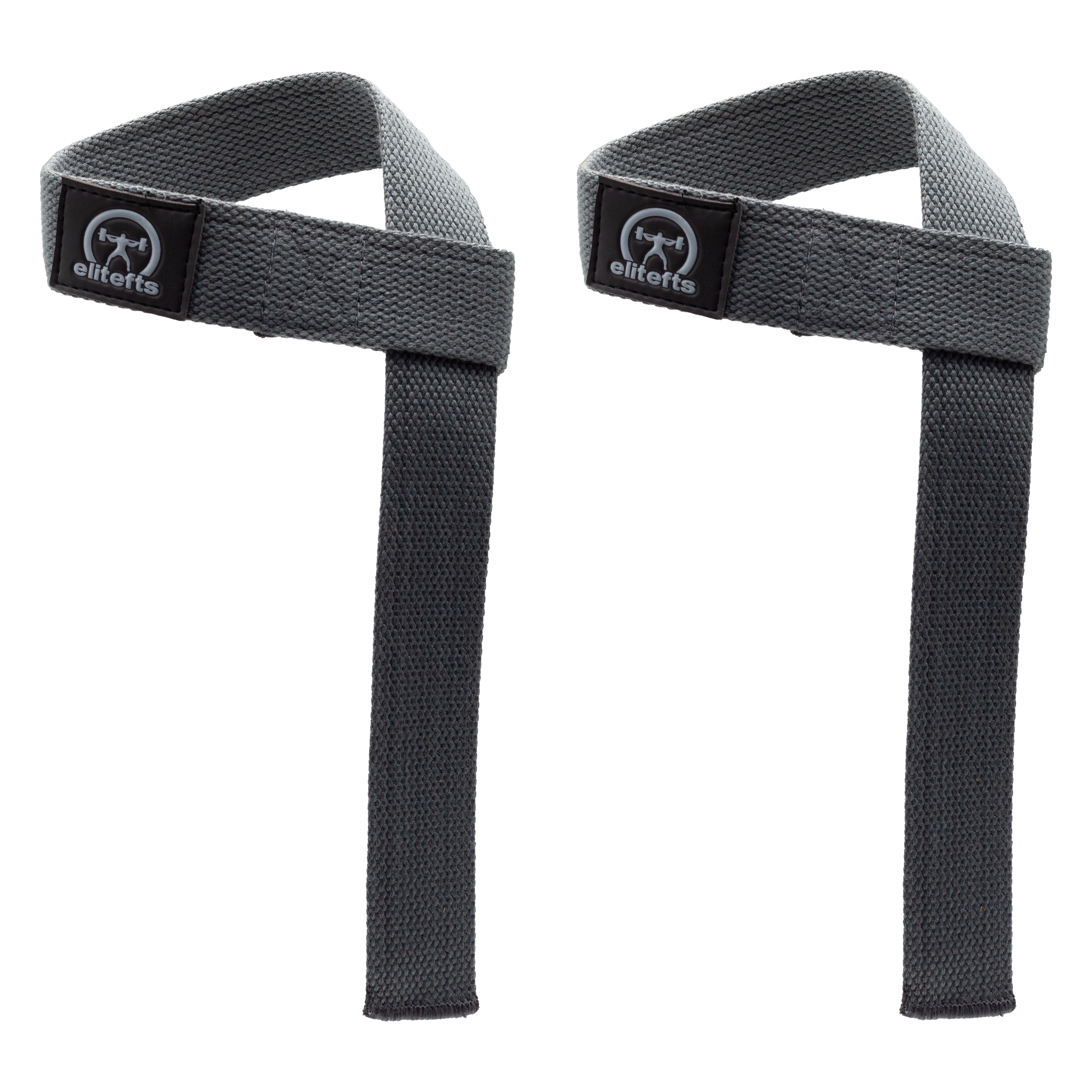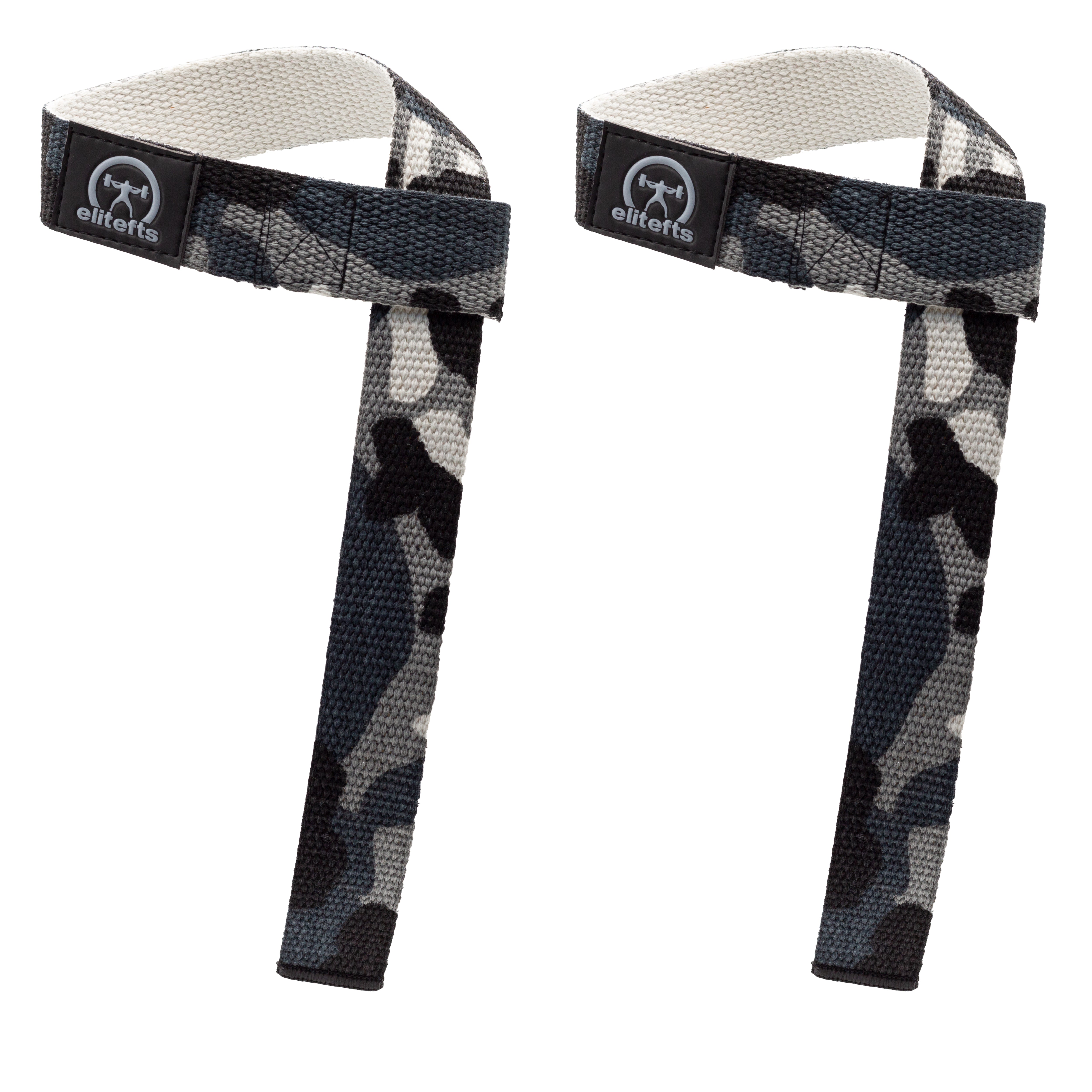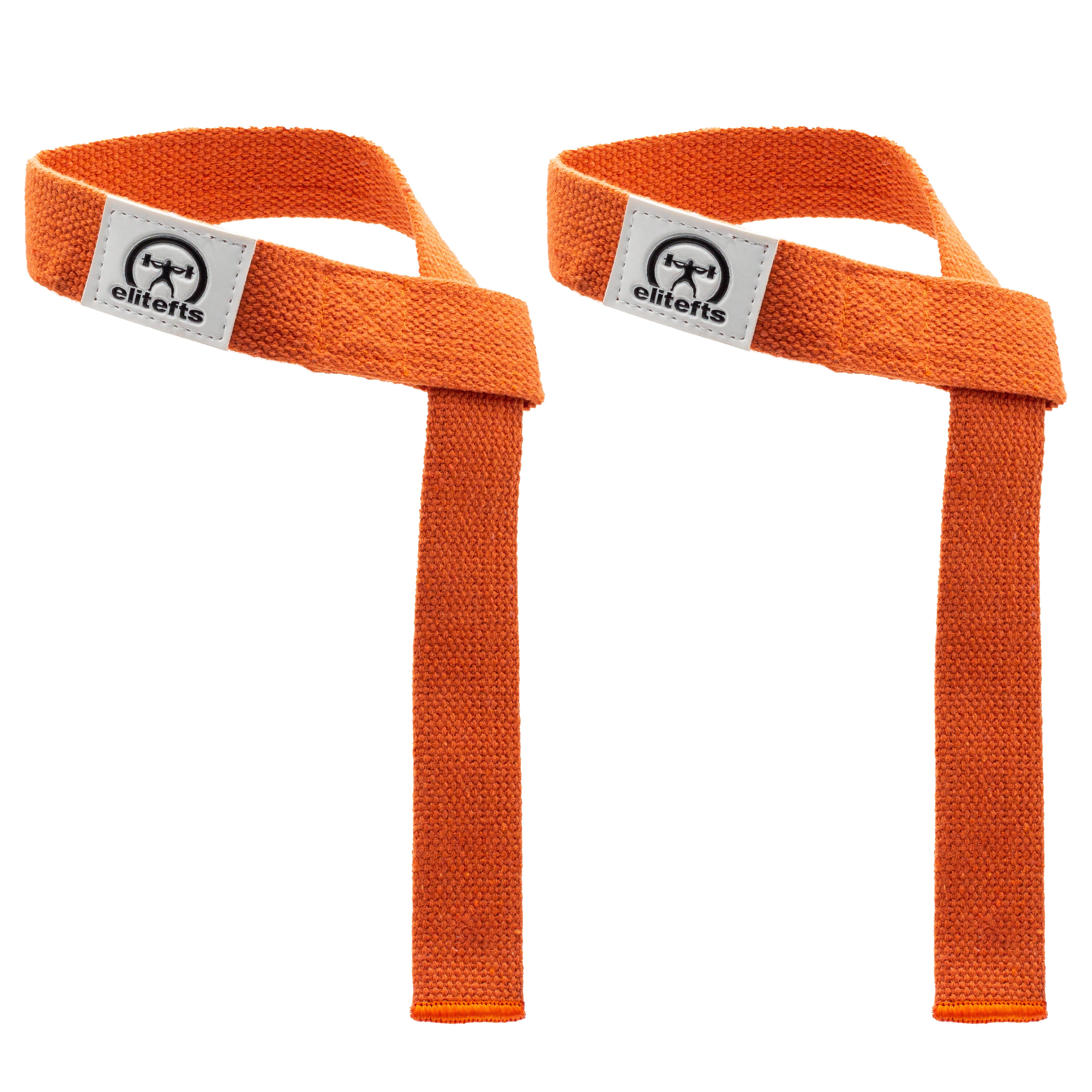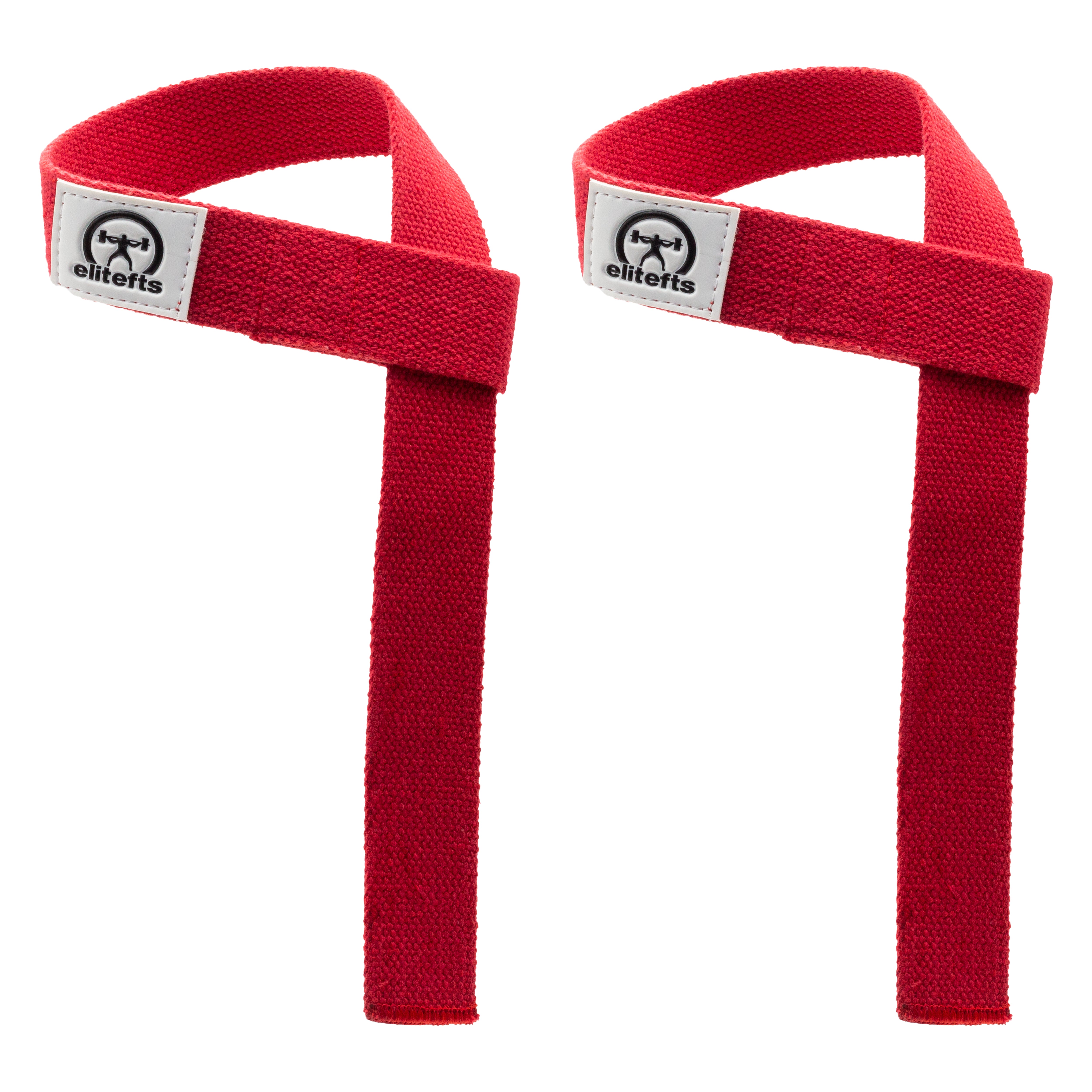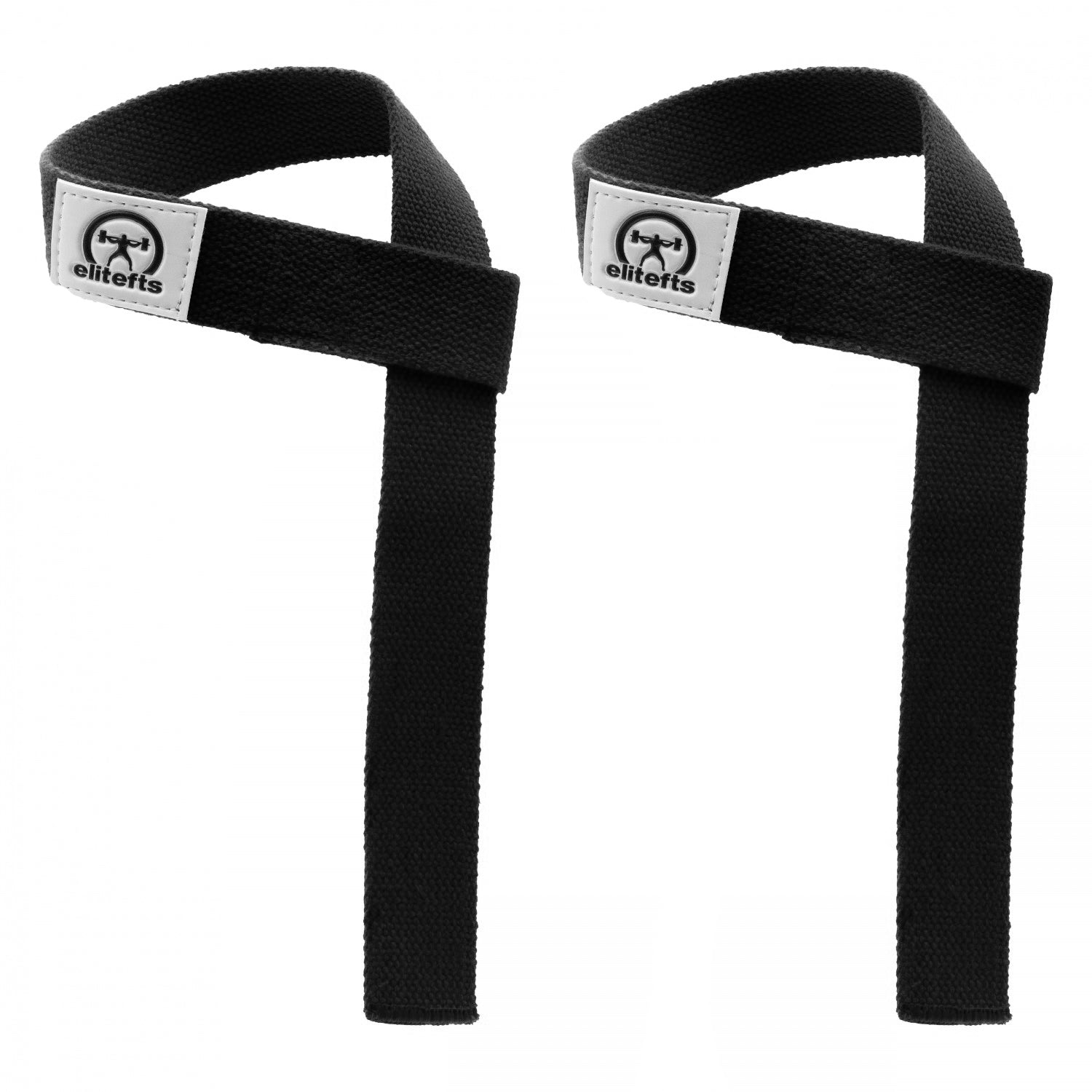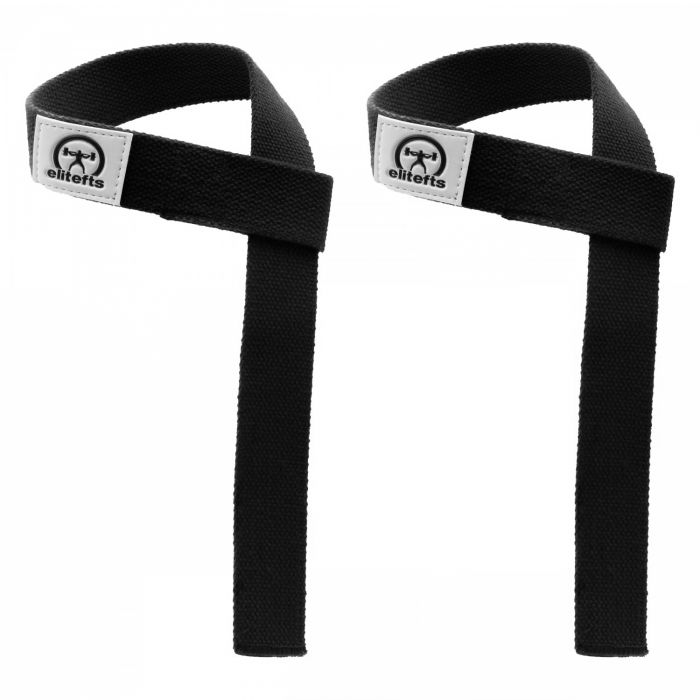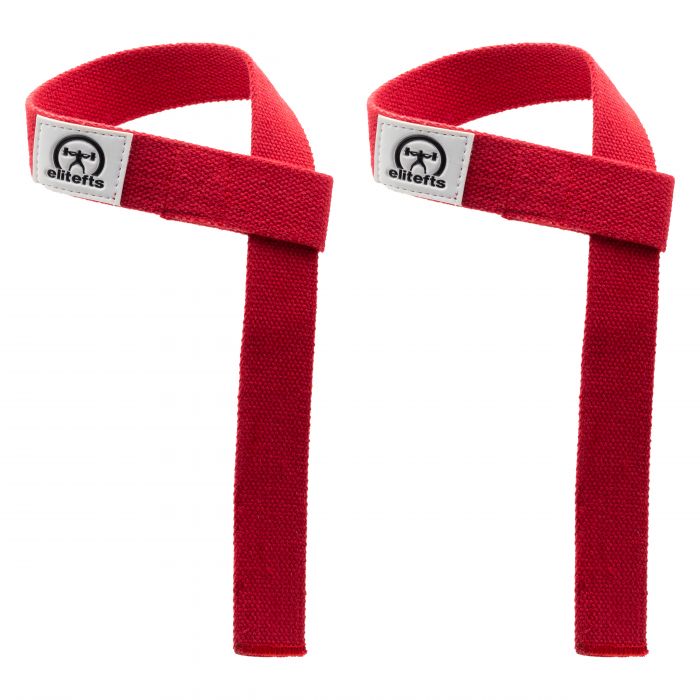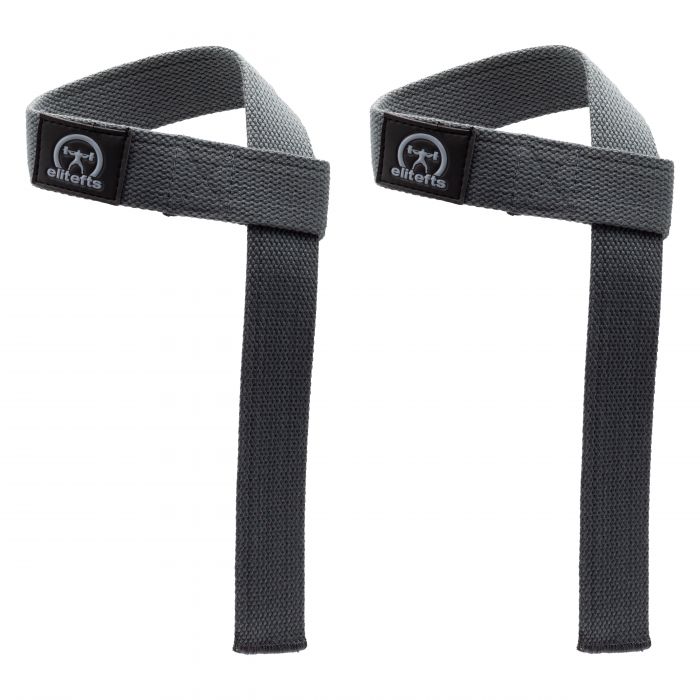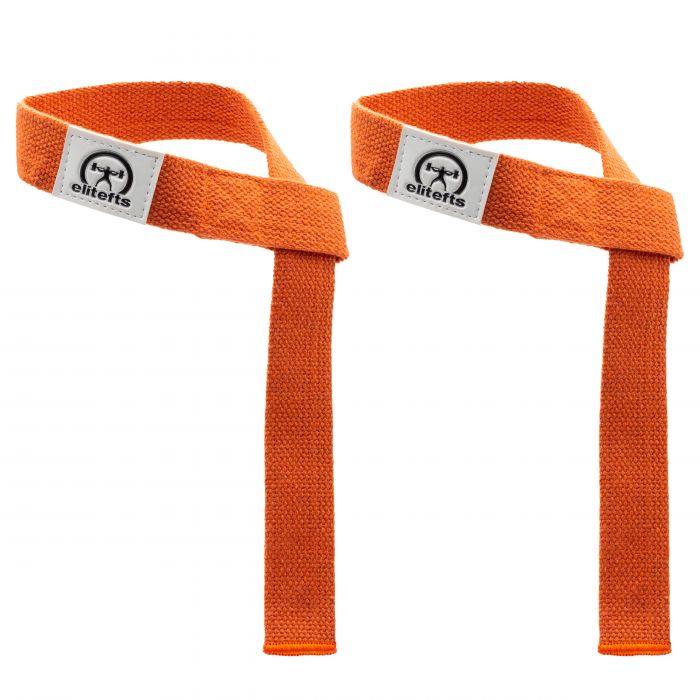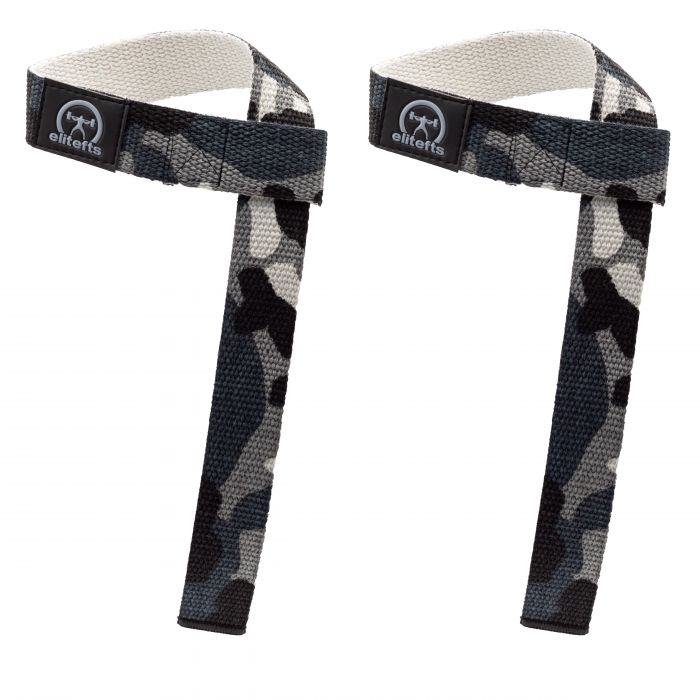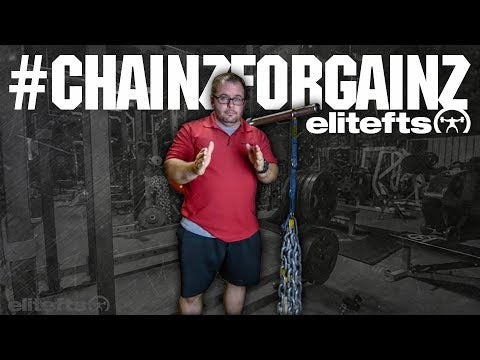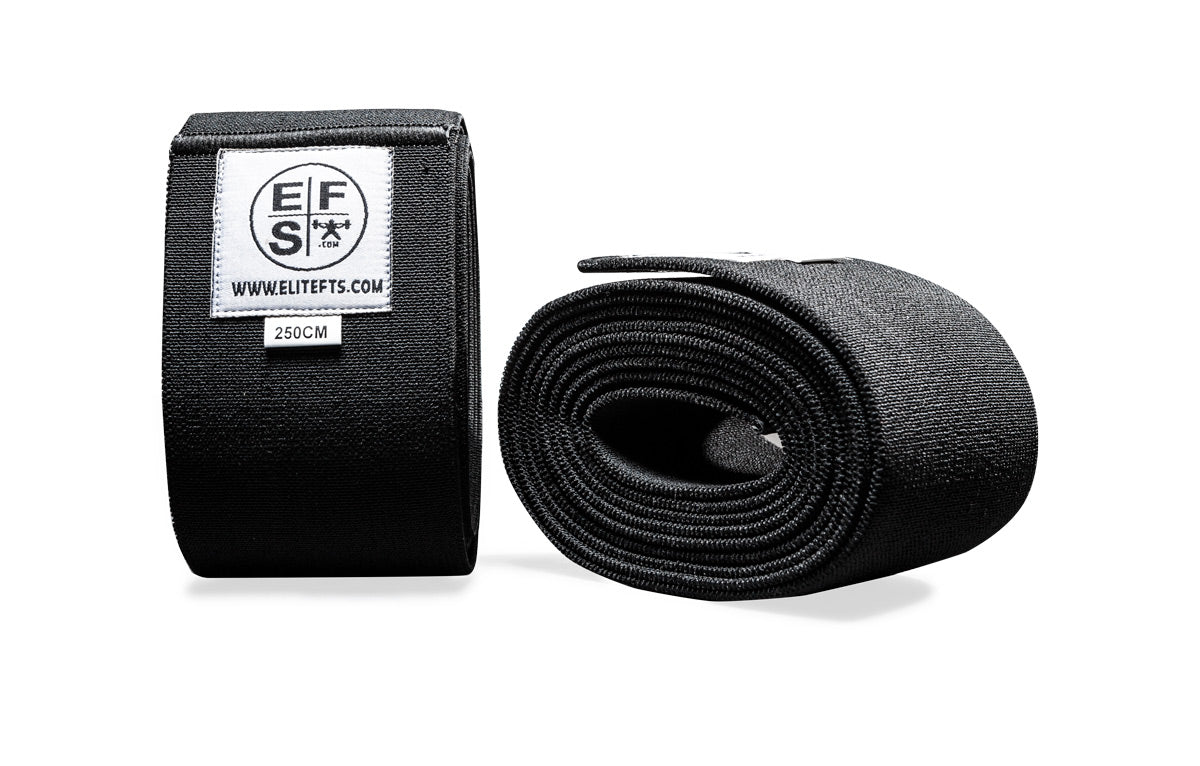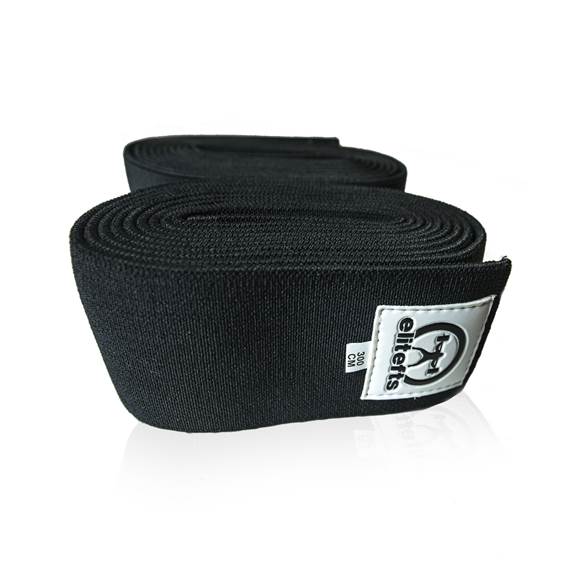This is a guide for those who are just getting started and need a push in the right direction as far as workout program design. Program design is a very complex issue, and much research has been done on the subject. There’s much more to it than throwing a bunch of random exercises together and hoping to gain muscle. If you’re going to design your own routine, make sure you’re doing it properly so that you yield maximal results.
Step one: Determine what stage of training you’re at
Be honest with yourself here. In order to optimize your program, you need to determine what training level you’re truly at. Beginners make faster gains than intermediates, and intermediates make faster gains than advanced trainees.
So how can you tell? Well, if you have to ask yourself this question, you’re probably a beginner. I don’t care how long you’ve been training. Think about where you actually are. How much do you weigh? How much can you lift on the big exercises? If neither number is impressive, the level at which you’ve been training is irrelevant. Assume you’re a beginner, and if you stall quickly, work up to an intermediate routine.
Step two: Decide which exercises to focus on
You want the exercises that give the best bang for your buck. If you’re a beginner, almost everyone’s exercise selection should be very similar—squats, deadlifts, an Olympic lift variation, barbell rows or chin-ups/pull-ups, bench press, and overhead press. If you wish, you may also add some accessory work. However, whether you plan to be a bodybuilder, powerlifter, football player, or ballet dancer, those exercises will give you some solid overall strength. If you eat more than you burn, you’ll also put on some solid poundage.
If you’re an intermediate or advanced athlete, things are a little different. You should perform more exercises than a beginner because your body will generally adapt better to more of a variety of exercises. You’ve already built a foundation of strength so you want to focus more on exercises that are relevant to your sport. If you’re a bodybuilder, your exercises will probably resemble those that you used when you were a beginner. However, now you can use different variations of these exercises and do more isolated work. If you’re a powerlifter, you should focus on exercises that will help increase your poundage on the big three.
Step three: Decide how to set up your routine
Your plan is progression. I don’t care if you’re a bodybuilder, powerlifter, or whatnot. You should be progressing on the main lifts that you’ve specified regardless of your training stage. So how do you set it up? Well, there are several ways.
If you’re a beginner, you should set it up on a single factor basis. This means that you’re progressing from workout to workout. Each workout will be executed with the progression to the next workout in mind. You should increase the weight as often as you can. If you get three sets of five reps with 160 lbs on bench press, your goal should be to get 165 lbs in the next bench press session. If you fail that next time, keep trying until you get it. Easy enough, right?
If you’re at the intermediate stage, you should set it up on a week-to-week basis. This means that you should set up the entire week so that the following week, you’ll increase on your lifts. At this stage, your body is too efficient at adapting. You can no longer increase your strength simply by working out and hoping to get stronger by the next workout. Your body needs a more complex stimulus. Set up your program so that you don’t max out on everything every day. You’ll max out on one day (meaning that you’ll perform with as much weight as you can) and do everything else with submaximal weights so that you can perform more sets.
Bill Starr’s 5 X 5 is a great example of this:
Monday: Squat, 5 X 5 (35%, 70%, 80%, 90%, 100% of attempted five rep max) Bench press, 5 X 5 (35%, 60%, 70%, 80%, 90% of attempted five rep max) Power clean, 5 X 5 (35%, 50%, 60%, 70%, 80% of attempted five rep max)
Wednesday: Bench press, 5 X 5 (35%, 70%, 80%, 90%, 100% of attempted five rep max) Power clean, 5 X 5 (35%, 60%, 70%, 80%, 90% of attempted five rep max) Squat, 5 X 5 (35%, 50%, 60%, 70%, 80% of attempted five rep max)
Friday: Power clean, 5 X 5 (35%, 70%, 80%, 90%, 100% of attempted five rep max) Squat, 5 X 5 (35%, 60%, 70%, 80%, 90% of attempted five rep max) Bench press, 5 X 5 (35%, 50%, 60%, 70%, 80% of attempted five rep max)
You’re only performing three exercises, and you’re maxing out on each exercise once a week. Then, you’re working with submaximal weights on the other three days for that exercise in the hopes that this will be enough of a stimulus for you to increase by the next week’s max effort day.
If you’re at an advanced stage, first of all, congratulations! You should be setting up your program so that you’re periodized on a month-to-month or possibly quarter-to-quarter basis. At this point, the training style you use will be highly individualized to your training goals. Everything you do will be in the hopes of increasing by the next month or quarter. This training style is extremely complicated so I won’t get into it because most people at this stage already know what they’re doing.
Step four: Determine the training frequency and intensity
At this point, hopefully you know how to set up your program. But how do you determine the frequency and intensity? In my opinion, the best two ways to set it up for beginners and intermediates is a three day, full body routine and an upper/lower split. This allows you to hit the entire body often. Set it up so that you can increase on everything as frequently as you can. And don’t think in terms of body parts. Think in terms of movements.
You should set it up so that you’re squatting almost every training day (unless you’re doing an upper/lower then obviously you wouldn’t do squats on the upper). Set it up so that you’re providing yourself with enough stimuli to increase by five pounds by the following workout. Remember, you won’t increase that often on many of the exercises except for squats and deadlifts so it might be a good option to purchase some microplates. Or you can just stay on the same weight for a few workouts and eventually just make five pound jumps.
Think about it like this (I got this idea from the book,
Practical Programming):
- Not enough stimulus = not enough workload to require your body to adapt = no results
- Too much stimulus = too much workload for your body to physically adapt = going into super-survival mode where no adaptation occurs (“overtraining”)
- Correct stimulus = the correct workload that requires your body to adapt to the stress by making itself stronger = you’re training right
Step five: Determine the number of reps
Different amounts of reps will accomplish different things. So how many reps should you have in your training? This is highly individual, despite what some may say. Everyone has different genetic make-ups and different muscle fibers. Therefore, what is optimal for one person may not be for another.
In my opinion, five reps are optimal for most beginners on the main compound movements regardless of why you’re training. Why? Well, because five is a nice “in between” number. Getting strong on a five rep max will translate to almost anything else. If you decide to focus on powerlifting after the beginning stage, having a strong five rep max on the main lifts will translate perfectly to the one rep max, which powerlifters consider optimal. If bodybuilding is your thing, then having a strong five rep max will translate to a strong 6–12 rep max, which many consider optimal for bodybuilders.
In
Practical Programming, author C.M. Rippetoe uses a chart to explain which rep ranges accomplish which things in the intermediate and above stages. The 1–3 rep range is best for pure strength, myofibrillar hypertrophy, ATP storage efficiency, neural adaptation, and bone density. The 3–5 rep range is best for power and explosiveness, and 20 reps are best for sarcoplasmic hypertrophy. Extremely high rep ranges are best for pain tolerance and lactate production. Catch all that?
Don’t worry about it. Basically, 1–5 reps are best for pure strength (I wouldn’t recommend anything lower than three reps for anything lower than the intermediate level because of neurological demands). Anywhere from 6–15 reps are best for hypertrophy (highly individual), and really any rep range works for endurance depending on how much endurance is required. Anything over 20 reps is probably a little much. However, people make the mistake and think that 12 reps won’t do anything other than hypertrophy. Wrong! Twelve rep maxes will make you good at things that require the endurance of something that replicates a twelve rep max.
I hope this has helped you design your own routine. Don’t just put a bunch of random crap that comes off the top of your head together. I assume that most people reading this are beginners. Focus your routine entirely around solid compound exercises and focus on getting stronger on them as frequently as possible. Everything else should work around that.
Don’t do too many exercises. For a beginner, 5–6 compound exercises with a few accessory lifts are optimal. Hit the lifts hard enough to progress for the next workout, but don’t hit them so hard that your body can’t adapt to it. I know this contradicts what you’ve read in Muscle & Fitness magazine, but please throw that away. Don’t let it sway your thinking! The advice they give may be good for accomplished bodybuilders, but it’s useless information that will make no difference in beginner or intermediate athletes who shouldn’t even consider entering a bodybuilding competition yet.
If you have anything to add to this or have any questions/contradictions, feel free to email me at
mark@BOLTtraining.com.
Elite Fitness Systems strives to be a recognized leader in the strength training industry by providing the highest quality strength training products and services while providing the highest level of customer service in the industry. For the best training equipment, information, and accessories, visit us at www.EliteFTS.com.


























































